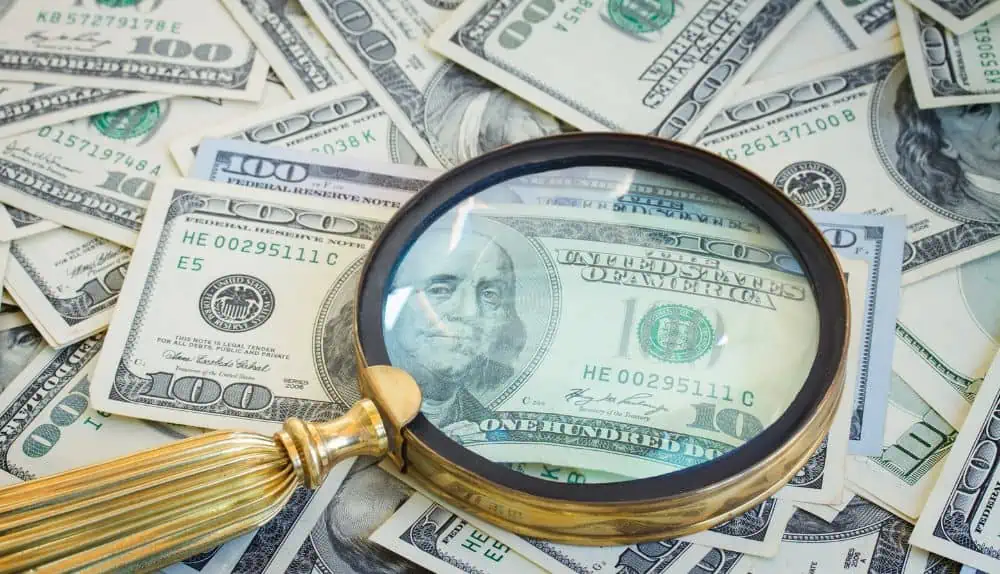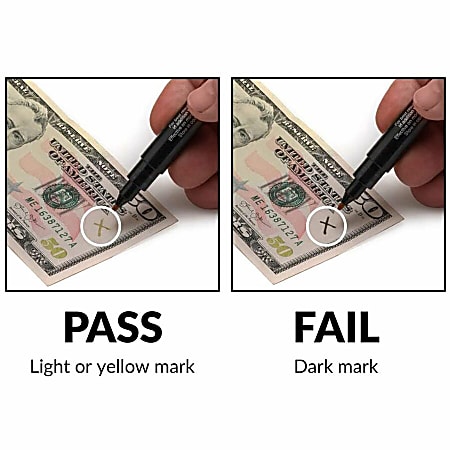Browse the Web: Buy Funny Money available from Trusted Suppliers
Browse the Web: Buy Funny Money available from Trusted Suppliers
Blog Article
Check Out making uses of copyright Cash in Artistic Creations and Theatrical Performances
copyright money, often identified with deception and illegality, holds a strange appeal when it discovers its means into the world of staged efficiencies and artistic productions. As we dive into the diverse uses of phony money in these creative domain names, we start to uncover a globe where authenticity and imitation blur, triggering us to examine the very nature of value and representation within art and efficiency.

Historical Relevance of Funny Money in Art
The historic value of funny money in art is a complicated and intriguing topic that clarifies the intersection of creativity, subversion, and socio-political commentary. Throughout background, musicians have actually utilized phony money as a device for challenging societal norms, questioning the value of currency, and making effective declarations regarding riches and power.
Among the most noteworthy examples of imitation cash in art go back to the Dada activity of the early 20th century - copyright money for sale. Artists such as Marcel Duchamp and Hannah Höch integrated copyright into their works to criticize the capitalist system and explore the principle of value in a swiftly transforming world
In addition, during times of economic instability or political turmoil, fake cash has actually been made use of by artists as a form of demonstration or disobedience. By producing and flowing copyright, artists have actually been able to interfere with the status quo, obstacle authority, and provoke crucial discussions regarding the function of money in culture.
Impact of copyright on Visual Arts
By integrating phony money right into their jobs, musicians prompt discussions on the nature of value, authenticity, and societal perceptions of wide range. The use of phony money in art likewise increases honest factors to consider regarding the boundaries of artistic expression and the effects of replicating lawful tender. In general, the impact of phony money on visual arts is complex, boosting essential representations on the crossway of cash, art, and social values.
Significance and Meaning in Theatrical Imitation Displays
Making use of theatrical fake display screens, musicians use symbolic representations to convey deeper definitions and stimulate thought-provoking analyses within the realm of performance art. Via the incorporation of funny money in theatrical manufacturings, designers can discover themes such as greed, power, corruption, and the illusion of wide range. Using copyright on phase can function as a metaphor for social problems, economic variations, and the frailty of monetary systems.
In theatrical efficiencies, the symbolic value of funny money expands visit site beyond its financial worth. It can signify the misleading nature of appearances, the pursuit of materialistic desires, and the repercussions of underhanded habits. By utilizing phony money as a prop, musicians can challenge target markets to examine truth meaning of riches and the ethical borders that individuals might cross in its quest.
Ethical Considerations in operation Phony Money for Art

One major moral factor to consider is the prospective legal repercussions of using funny money in art. Counterfeiting money is unlawful in the majority of countries and can bring about severe consequences for artists who knowingly include fake bills into their work. copyright money for sale. This not only places the musician in jeopardy but also questions concerning advertising illegal activities through art
In addition, there is a moral problem pertaining to the credibility of the artwork itself. Using copyright obscures the line in between truth and imitation, possibly deceiving audiences and compromising the stability of the artistic piece. Musicians should think about whether using copyright cash aligns with their values and artistic intentions, weighing the prospective effect on their online reputation and credibility.
Future Trends in Imitation Money Integration
Taking into consideration the progressing landscape of artistic expression, the unification of funny money in innovative works may witness a shift in the direction of ingenious and provocative avenues. As artists continue to push borders and discover brand-new tools, phony money might increasingly be used to challenge societal standards, examine the value of currency, or make powerful declarations regarding wealth and consumerism.
One future pattern in funny money their explanation assimilation can be its browse this site utilization in immersive art installments where target markets are encouraged to engage with the items, obscuring the lines in between truth and illusion. Furthermore, advancements in technology may cause the development of hyper-realistic funny money that is practically tantamount from genuine money, opening possibilities for much more elaborate and thorough art work.
Moreover, partnerships in between artists and counterfeiters can result in one-of-a-kind items that combine conventional creative strategies with the workmanship of developing phony cash. However, honest factors to consider surrounding the validity and principles of utilizing funny money in art will remain to be a point of opinion as these future trends unfold.
Conclusion
In conclusion, the usages of copyright in theatrical efficiencies and creative creations have a lengthy history and proceed to be a resource of inspiration for musicians. The assimilation of copyright in art is most likely to proceed advancing in the future.
Generally, the impact of copyright money on aesthetic arts is complex, promoting important reflections on the intersection of cash, art, and societal worths.

In verdict, the usages of imitation cash in artistic productions and staged performances have a long background and proceed to be a source of inspiration for artists. Ethical considerations need to be taken into account when making use of copyright cash for creative objectives. The assimilation of copyright money in art is likely to continue progressing in the future.
Report this page